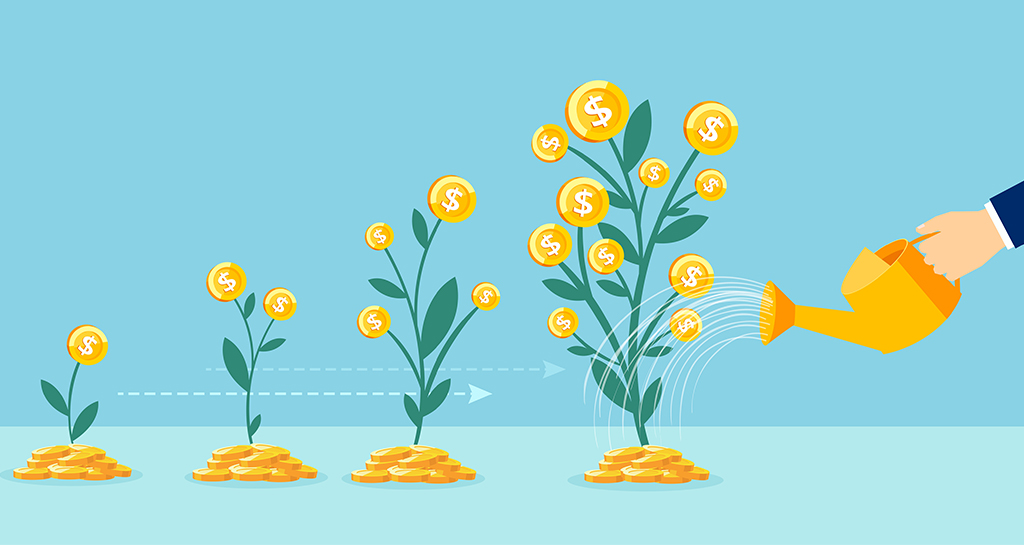
As marketers, we understand the importance of being customer-centric in our demand generation efforts. Keeping your ideal customer at the center of your demand generation strategy is a must if you want your message to resonate and your campaigns to drive results. All too often, however, the term customer-centric is only applied to demand creation — lead generation efforts that are focused on reaching and acquiring net-new buyers.
But, what about after those leads convert into actual customers?
They may have signed the contract, but the courtship is (hopefully) far from over. Given that old adage of 20 percent of your customers accounting for 80 percent of your business, plus the fact that current customers’ average spend is 31 percent higher than new customers’ (and their odds of purchasing another product of yours are 50 percent higher), marketers should be doing everything they can to both retain and grow this valuable segment of their business.
The journey doesn’t stop once the contract is signed
Understanding your target buyers’ needs, interests, and goals, along with identifying their unique journey (and where they are along that journey), doesn’t stop after the initial purchase. That’s because your customer is also a buyer, with unmet goals and unrealized — maybe unrecognized — needs that your other products and service may be able to address.
Enter customer scoring. Like lead scoring, customer scoring is a valuable tool to identify where your buyers (customers, in this case) are along their ongoing journey, how to communicate with them, and how to prioritize your customer nurturing efforts based on the likelihood of retention and expansion.
Successful marketing and sales teams adapt many best practices from their demand creation efforts to design their demand expansion strategy, so that they can grow and strengthen relationships with existing customers. However, it’s not as simple as duplicating your lead acquisition strategy and tools and changing buyer to customer.
How is customer scoring different than lead scoring?
Just as lead scoring models are designed to identify leads who are a good fit for your product or service offerings and have displayed interest that indicates their location in the journey, customer scoring models automate the same evaluation for customers.
You might think, “But, I already know they’re a good fit. They’re a customer!” Well, they were a good fit for the product or service they purchased at a particular point in time. But, things change. (If they didn’t, your customers would remain customers forever.) As your customers become more proficient in their current product or service, they may be ready to tackle their next biggest challenge, which — it just so happens — another of your products or services can help them solve.
Customer scoring programs help you recognize the different paths your customers might be on so you can identify, nurture, and respond to their signals of interest that may indicate readiness for expansion. They can also help you pinpoint the right kinds of content and communications, when to send them, and which roles to target in your efforts to move customers toward greater adoption and additional purchases.
On the flip side, when combined with recency, frequency, and monetary value (RFM) segmentation data, scoring also can help you identify potential warning signs that could indicate attrition, so you can implement a customer nurturing program to reengage these valuable customers.
The importance of data to a customer scoring program
Successful lead scoring programs depend on the accuracy of your data. This is no different with customer scoring programs.
When planning campaigns or initiatives for customers, leverage your gold mine of existing customer data. For example, product ownership and product usage data — both for individual customers and aggregated for customer segments — can provide insights for targeting your communications, recognizing new opportunities, accelerating adoption, cementing trust and loyalty, and preventing attrition. Fit data on existing customers can help identify lookalikes for likely interest in adjacent products or service offerings.
Being able to identify your top customers also lets you dig deep to see how you reeled them in in the first place, so you can better target new buyers and spend your marketing dollars (and precious time) wisely.
Data can help distinguish nuances in how customers interact and show interest — in their existing product or service or additional ones they may be considering — that will improve the results of your scoring model. For example, although customers might engage with the same content a new potential buyer would, they may do so in different ways depending on whether or not they currently use that particular product or service.
When, how, and what your customers buy yields insights that can be significant factors in your customer scoring model. Where customers are in their journey and lifecycle can guide your customer nurture strategy, such as targeting outreach and content to bolster and enhance adoption, sharing new features and upgrades, or illustrating how peers and industry leaders are solving similar challenges and increasing business success.
Don’t go it alone
As always, sales and marketing integration is paramount throughout your demand generation efforts with both new buyers and existing customers. Ensuring a joint strategy and approach to customer marketing, agreeing to customer scoring criteria, providing holistic communications targeted to the customer journey, and capturing data insights are all factors that result in a delighted, thriving, dependable base of customer advocates.
Demand expansion is a joint responsibility, and your revenue engine depends on collaboration. The good news is that sales and marketing teams equally contribute and benefit from this close alignment.
Ready to implement your own customer scoring program? Stay tuned next month, when my colleague will share a deeper dive into customer scoring so you can get to work setting up your own customer scoring model.
 Sophie Julien O’Neal is a seasoned professional with more than twenty-five years of experience in capacity building, B2B and B2C marketing strategy and operations, data-driven customer acquisition and retention, business process improvement, organizational effectiveness, and change management. As a Consultant with BDO Digital’s Demand Gen Team, she helps bridge silos and reveal synergies between business and technology by providing both strategic and hands-on guidance for successful marketing and technology initiatives.
Sophie Julien O’Neal is a seasoned professional with more than twenty-five years of experience in capacity building, B2B and B2C marketing strategy and operations, data-driven customer acquisition and retention, business process improvement, organizational effectiveness, and change management. As a Consultant with BDO Digital’s Demand Gen Team, she helps bridge silos and reveal synergies between business and technology by providing both strategic and hands-on guidance for successful marketing and technology initiatives.
The post Get, Keep, Grow: The Strategic Value of Customer Scoring for Demand Generation appeared first on DemandGen.























